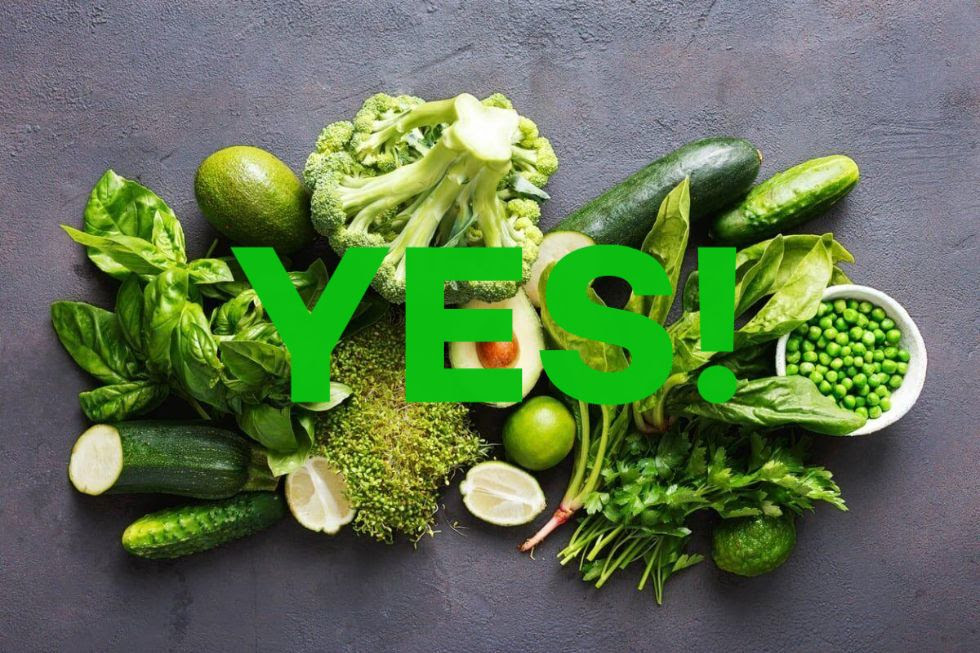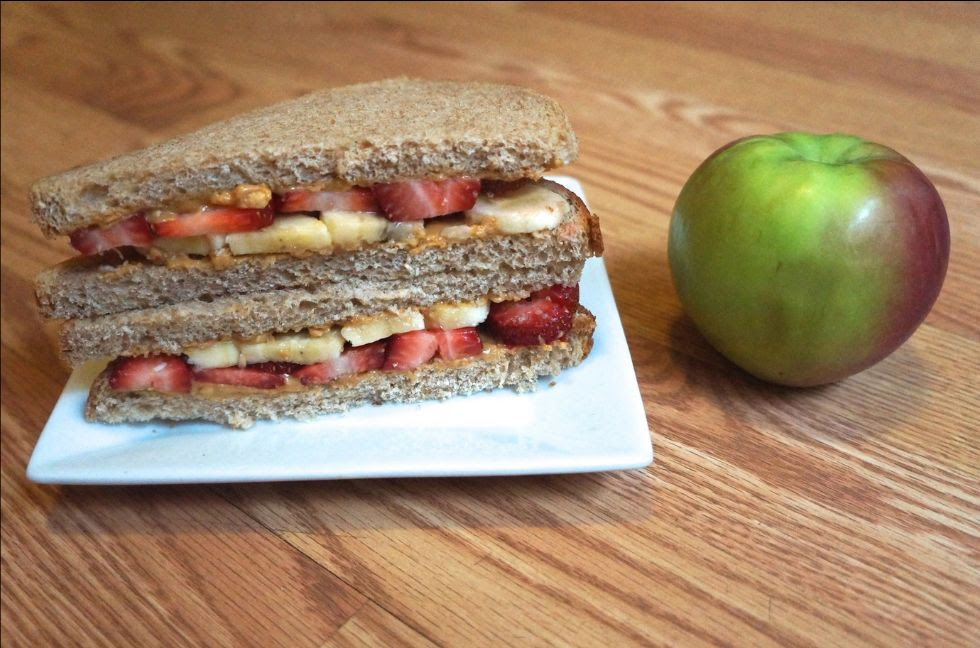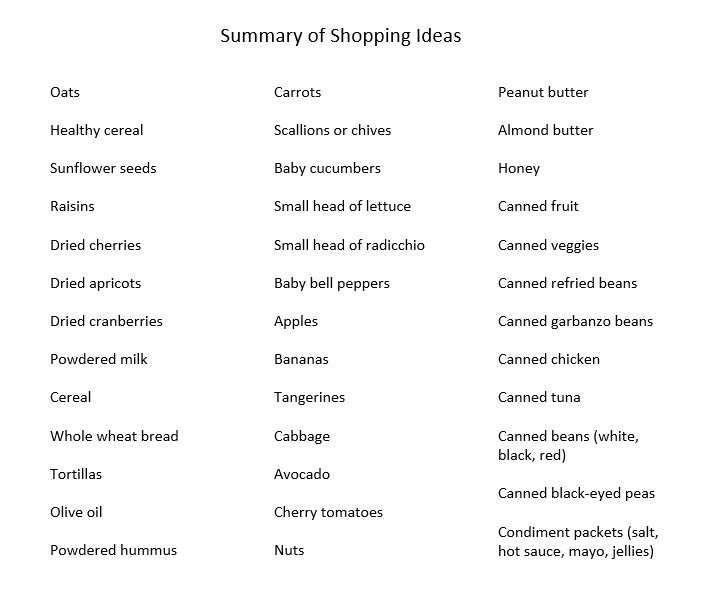I received an email from one of my readers, Johnny, who asked, “You should do a video about homelessness after losing everything. My house burned down, and I’m going through that right now. I watch your videos every day and the foods you talk about to help keep you healthy. I don’t have refrigeration for what I’ve been eating and ordering. You have help me and gave me hope that things get better in life. Thanks for being an inspiring person that shares his voice.”
His idea is an excellent topic since so many are struggling these days to make ends meet. Whether struggling with a food budget, losing everything like Johnny, being homeless, or somewhere in between, food insecurity (lacking reliable access to a sufficient quantity of affordable, nutritious food) is real and a struggle for tens of millions. Food insecurity and the lack of access to affordable nutritious food are associated with increased risk for multiple chronic health conditions.
If you are in a situation like Johnny’s, my heart goes out to you, and I really admire your dedication to keeping a healthy diet. I’m impressed with the steps he is taking to safeguard his health. There was a time in my life when I, too, was struggling financially. I could have opted for fast food or cheap microwaveable food, but that would have done a number on my health. I learned a few tips and tricks along the way that I thought I’d share with you.

Also, I watched a documentary while back that said some people resort to fast food or microwaveable meals because (1) their jobs didn’t give them enough time in the day to make a meal for an entire family, plus everything else that needed to get done after work, and (2) many didn’t really know how to cook (and I’m assuming had no time to figure out how to do it). Also, the most underprivileged have food deserts. People in those areas simply have no convenient way to access real food—instead, Americans in particular, have access to fast, processed, and junk food (food swamps).
54 million people globally are food insecure, and 23.5 million globally live in food deserts. Unfortunately, the American suburbanization of major food retailers is contributing to the ongoing emergence of urban food deserts — areas within city centers where low-income people need better access to vegetables, fruits, and other whole foods. Nutrition is foundational and protects mental health, mood, energy, and wherewithal.
Please note that I have kept in mind that not everyone has a car. Not everyone lives within walking distance of a grocery store. Not everyone has access to public transportation. Not everyone can grow a garden; most cities and suburbs outright ban gardens. Fresh produce costs more money in cities than a .99¢ pack of ramen noodles. And a two-liter soda could cost less than a gallon of water! When you are pinching pennies and scraping by, every single penny counts.
Regarding Johnny’s email request, he specifies that none of the food items can be refrigerated. And if no access to a refrigerator is a criterion, no stove, oven, or microwave is also a criterion. Not having any ability to cook or store food in a fridge is a huge hindrance and can lead to spending more on food just to get through each day.
Another consideration to this equation is the cost of time for those struggling, as mentioned earlier– so the less time to prepare food, the better. One last point is to try to buy all these items either on sale or from a dollar store. So, here we go:

BEST BANG FOR YOUR BUCK | Want a nutritious and easy breakfast? Make some overnight oats with whey powder + water (or plain water). You can add apples, raisins, and/or nuts. Oatmeal is filling, healthy, and the best bang for your buck. If you want some cereal for breakfast, powdered milk is the answer. Powdered milk mixed with cold water makes a drink or milk for cereal. Be sure to select something other than sugary cereal. Opt for cereals like Grape Nuts, Fiber One, All Bran, or Shredded Wheat.
YOUR TASTE BUDS WILL THANK YOU | A loaf of whole wheat bread combined with bananas and peanut butter makes a fulfilling meal for other meals, such as lunches and dinners. Add some apples, and your taste buds will thank you. Peanut butter is cheap, and almond butter is better when you can afford it. You could also get a honey container to add wholesome sweetness to the sandwich or create another version (perhaps just apples and honey on the sandwich or peanut butter and honey only).
PUNCH OF FLAVOR | Canned garbanzo beans smashed with olive oil and salt and then spread onto whole wheat bread or in a tortilla is a satisfying option. Chop up some chives to add a punch of flavor. You could also take the mix and fill mini bell peppers with it. Olive oil and salt may seem like a luxury, but these two items can make everything else taste good and last you months. You can grab free salt packets, but sea salt is the best.

CRISPY CRUNCH FOR CHEAP | Cabbage is a nutritious, versatile, and cheap vegetable that keeps well. You can keep a whole head without refrigeration and cut chunks off as needed. It will taste fine for 5+ days. Use it in a tortilla roll with some canned meat or beans for a crispy crunch. Try to find some avocados on sale to add to the roll. You can even use the avocados smashed with nut butter for a different roll type.
MAKE FOOD MILES LESS BORING | And while we’re talking about the tortillas, you can get a can of re-fried beans and serve yourself a bean burrito. If you have any packs of sauce from a fast-food restaurant like Taco Bell, that could also add some flavor. Speaking of condiments, collect as many sauces and spice packs as possible, as they will make food miles less boring. Think about this: get powdered hummus and a small amount of olive oil to make it tasty. Instant snack! You also scoop it with some baby carrots, which add lots of vitamins and a crunch.
HIGH IN PROTEIN | Canned tuna or canned chicken with canned beans is a nutritious option, high in protein. Tuna and black eyed-peas are tasty together, and if you add some canned veggies, you have an even healthier meal. Places with food bars will have mayo packets (and plastic forks).

ADD SOME SWEETNESS | Canned fruits and veggies are always quick and easy options but also consider dried fruits and vegetables. Canned versions can be serving sizes and are cheap & storable. You can add dried versions to add a sweetness to different items such as oatmeal, sandwich fillings, and more. Consider raisins, dried cherries, dried apricots, dried cranberries, and more.
PORTABLE & SATISFYING | Tomatoes are super healthy and don’t need refrigeration. Just make sure you don’t get ripe ones. You can use that whole wheat bread from earlier to make a sandwich with chopped tomatoes, olive oil, and salt. Tangerines are portable and filled with Vitamin C. These make for an optimal snack or side for your sandwich. Sunflower seeds and nuts are also great snacks that are satisfying and filling.
NUTRITIONAL DIVERSITY | Regarding fresh fruits and veggies, you can buy some to eat raw right away without prep, such as a cucumber, a small head of lettuce, a small head of radicchio, a tomato, a bell pepper, scallions or chives, or some carrots. You can get more nutritional diversity without carrying things for long. Here’s a quick tip: The cut fruit and vegetables in grocery stores are only good for a few days and must be thrown away. If you make friends with someone in the produce section, you might be able to snag some stuff for free or super marked down.
My wish is these ideas allow you to think outside the fast food and processed food box to consume and benefit from real food – even without a refrigerator or cooking appliances. If you are struggling, I am so sorry. I hope these tips help and are taken in the light they were intended.














